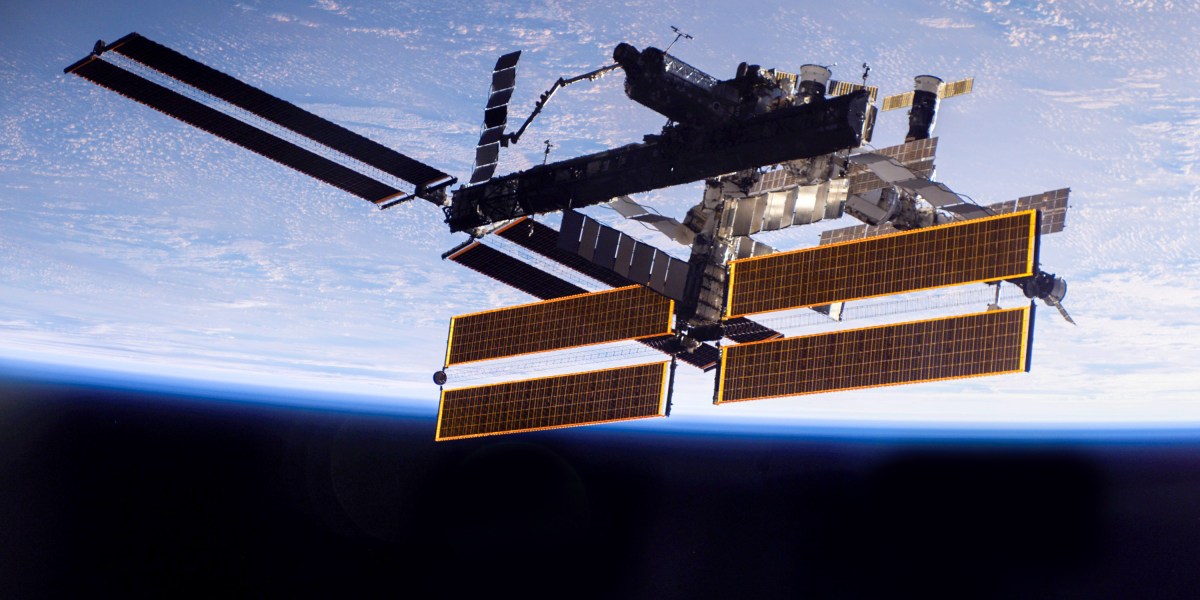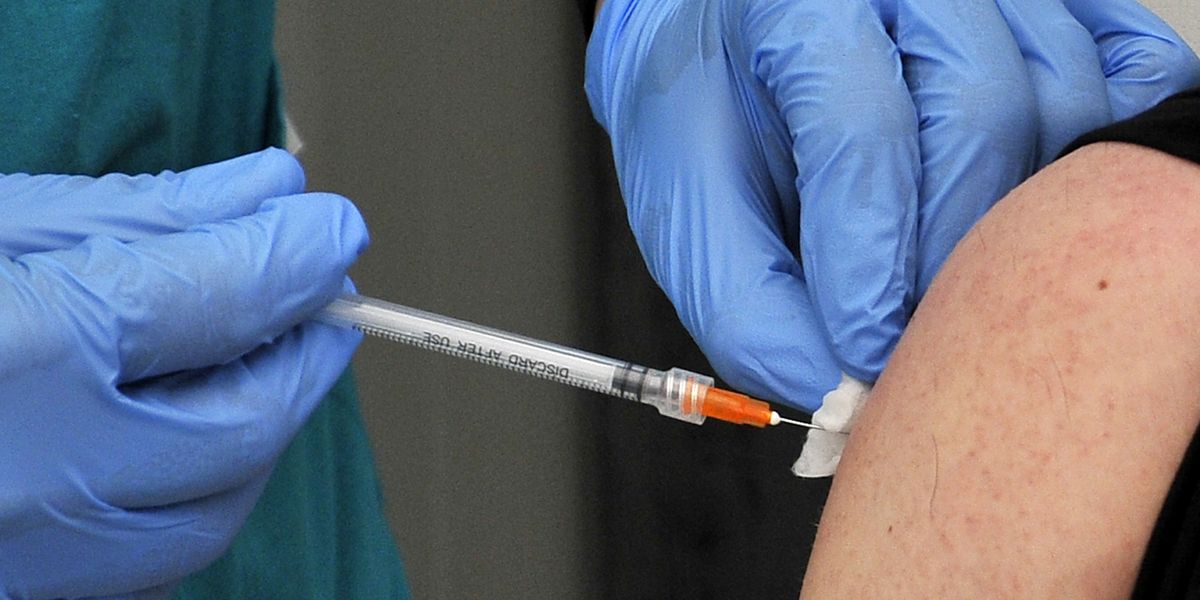

NASA designed the International Space Station to fly for 20 years. It has lasted six years longer than that, though it is showing its age, and NASA is currently studying how to safely destroy the space laboratory by around 2030.
The ISS never really became what some had hoped: a launching point for an expanding human presence in the solar system. But it did enable fundamental research on materials and medicine, and it helped us start to understand how space affects the human body.
To build on that work, NASA has partnered with private companies to develop new, commercial space stations for research, manufacturing, and tourism. If they are successful, these companies will bring about a new era of space exploration: private rockets flying to private destinations. They’re already planning to do it around the moon. One day, Mars could follow. Read the full story.
— David W. Brown
This story is for subscribers only, and is from the next magazine issue of MIT Technology Review, set to go live on April 24, on the theme of Build. If you don’t already, sign up now to get a copy when it lands.
Why it’s so hard for China’s chip industry to become self-sufficient
Inside most laptop and data center chips today, there’s a tiny component called ABF. It’s a thin insulating layer around the wires that conduct electricity. And over 90% of the materials around the world used to make this insulator are produced by a single Japanese company named Ajinomoto.
24World Media does not take any responsibility of the information you see on this page. The content this page contains is from independent third-party content provider. If you have any concerns regarding the content, please free to write us here: contact@24worldmedia.com

Do you believe the Covid vaccine had negative side effects? VOTE HERE

Latest Google layoffs hit the Flutter and Python groups

‘Women’s rights have been attacked constantly!’

Here’s your chance to own a decommissioned US government supercomputer

AWS S3 storage bucket with unlucky name nearly cost developer $1,300

FTC fines Razer for every cent made selling bogus “N95 grade” RGB masks

Apple confirms bug that is keeping some iPhone alarms from sounding

Roundtables: Inside the Next Era of AI and Hardware

Supplements: Ginkgo biloba boosts memory